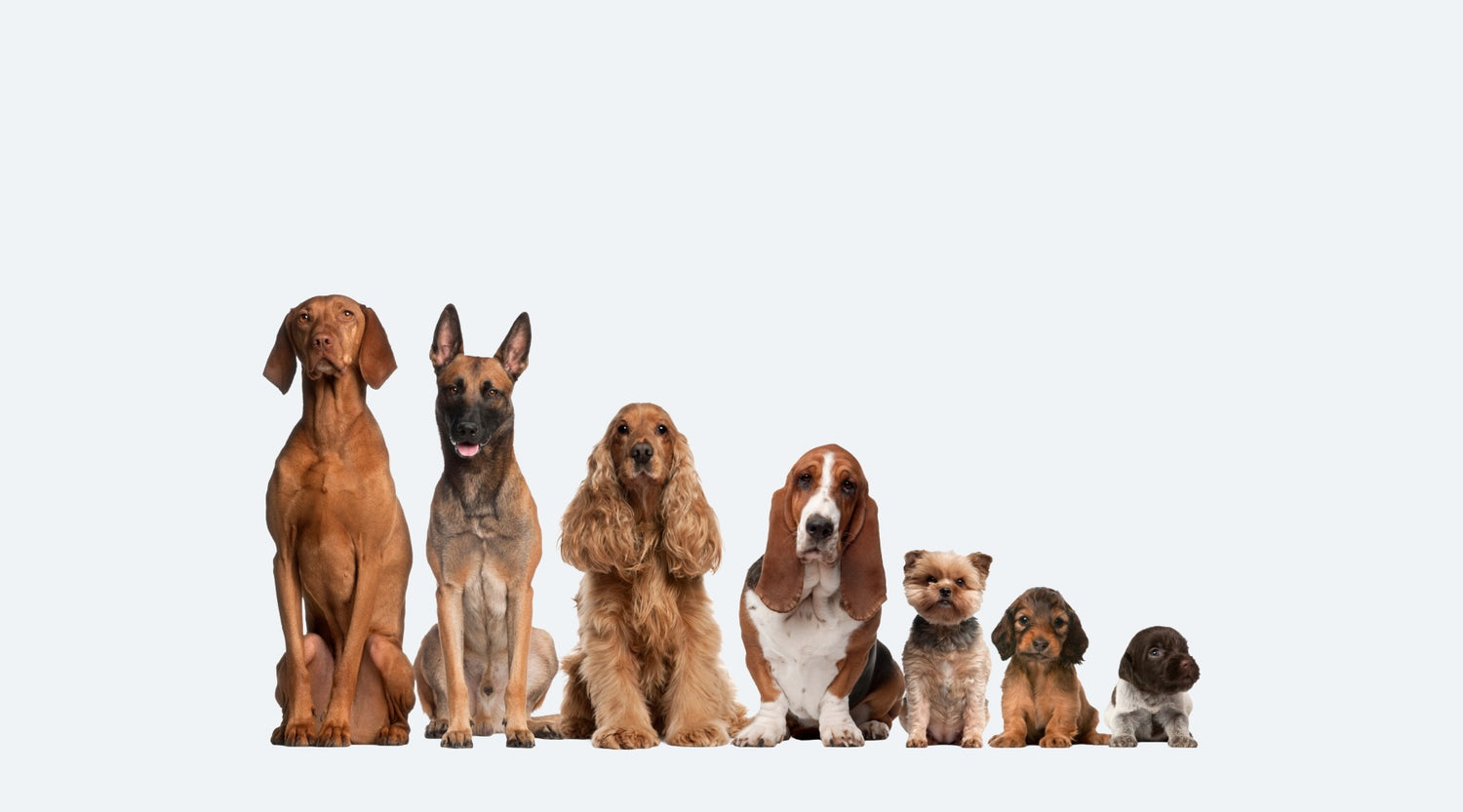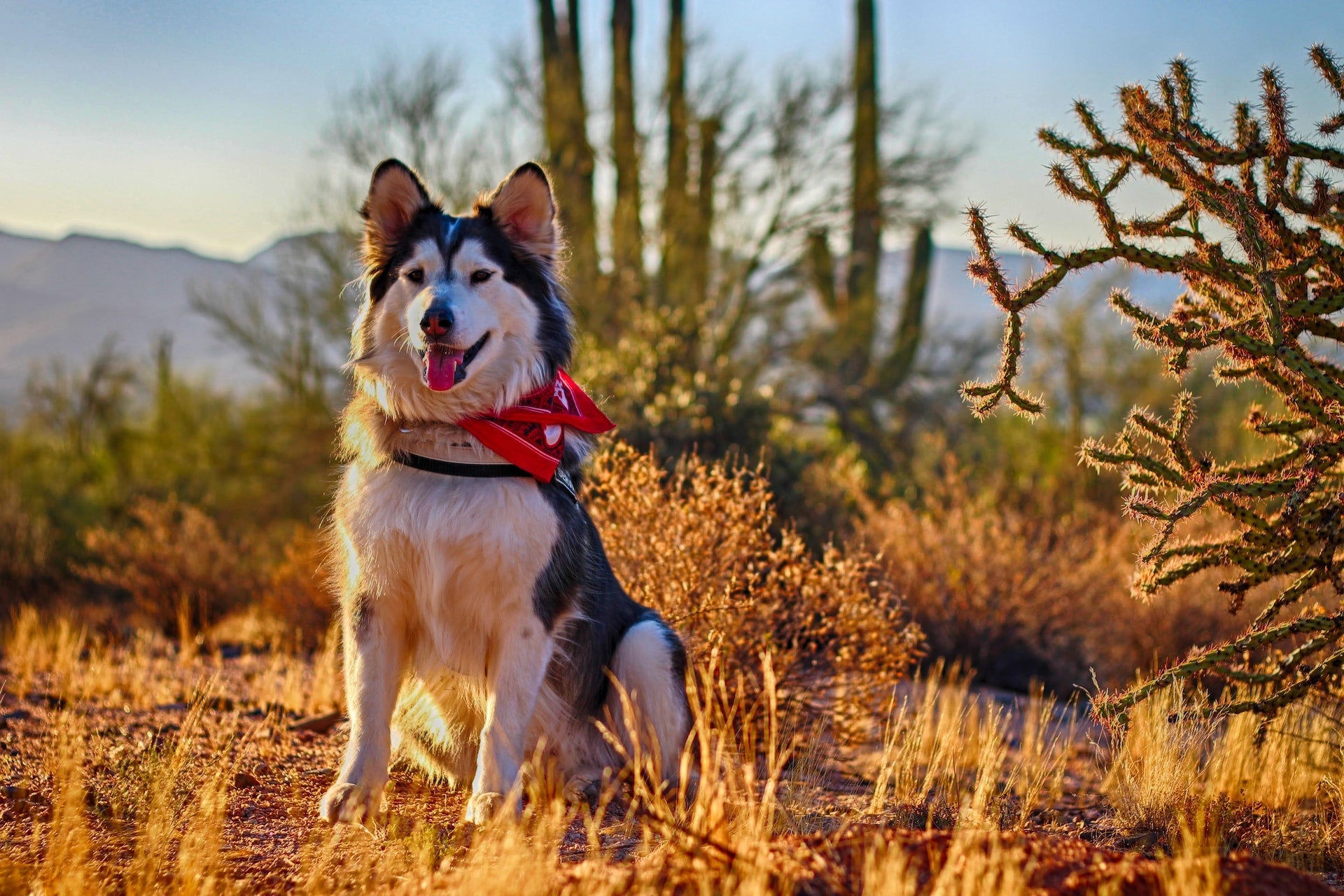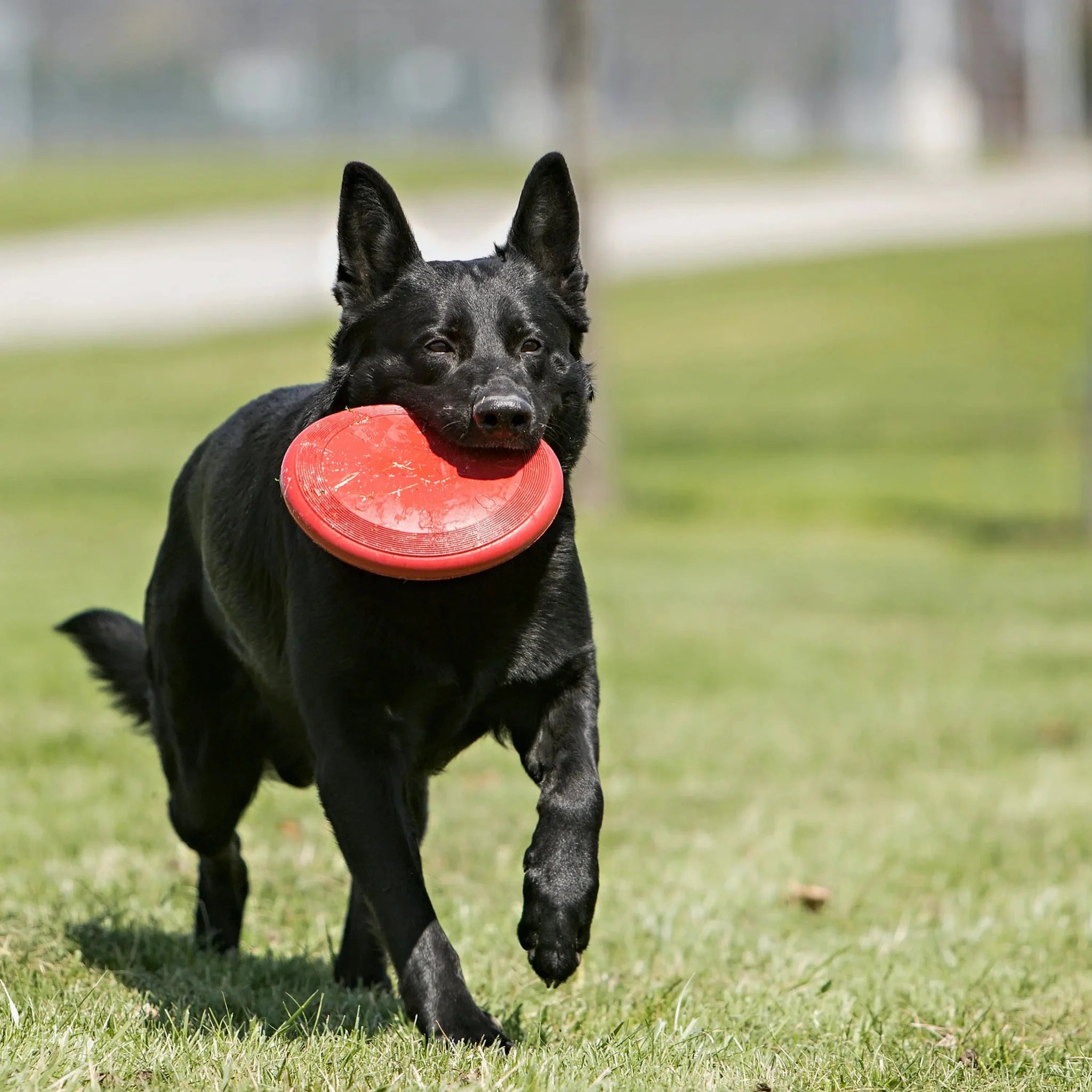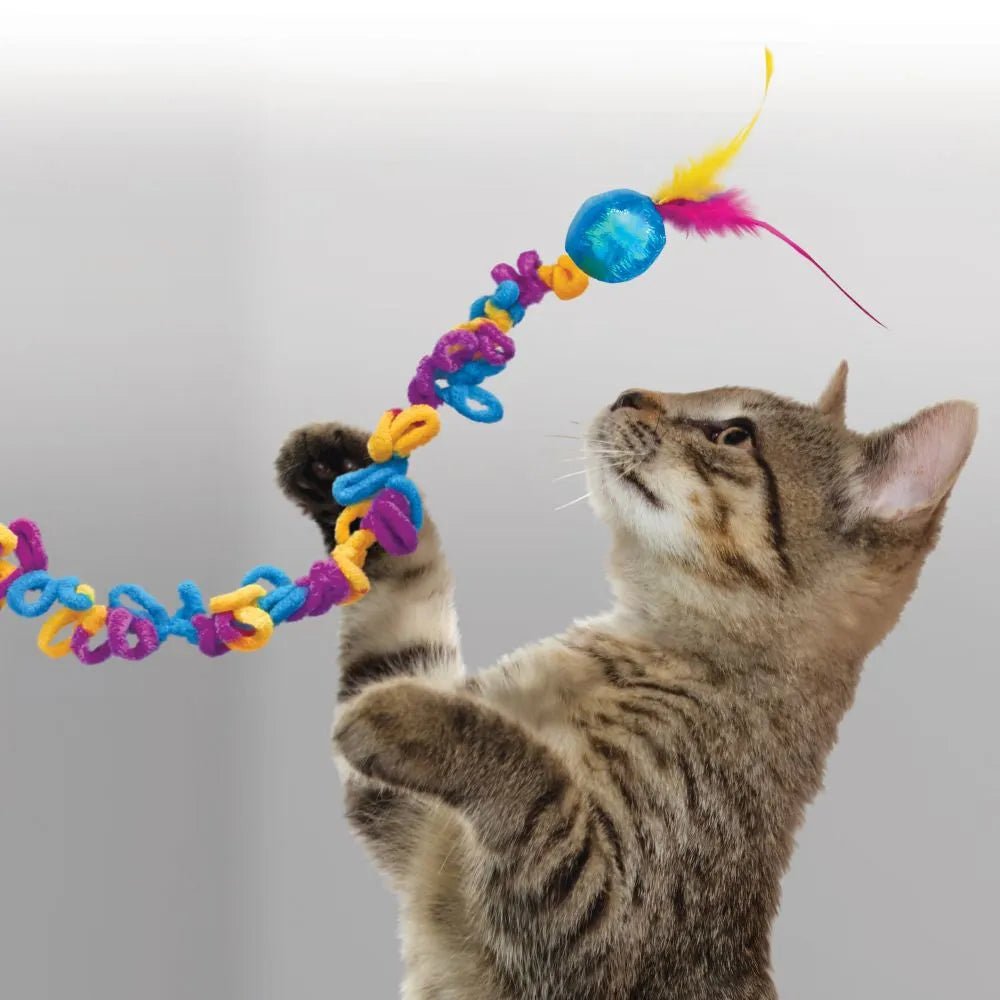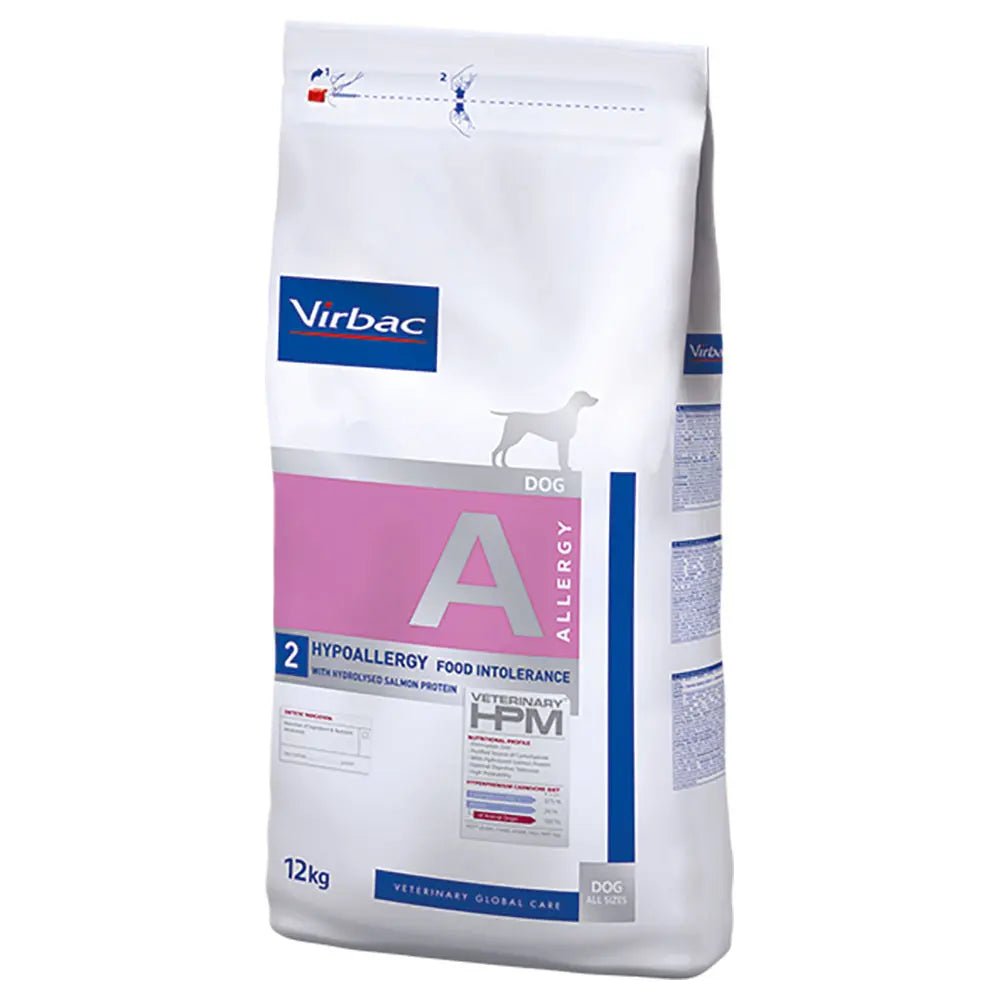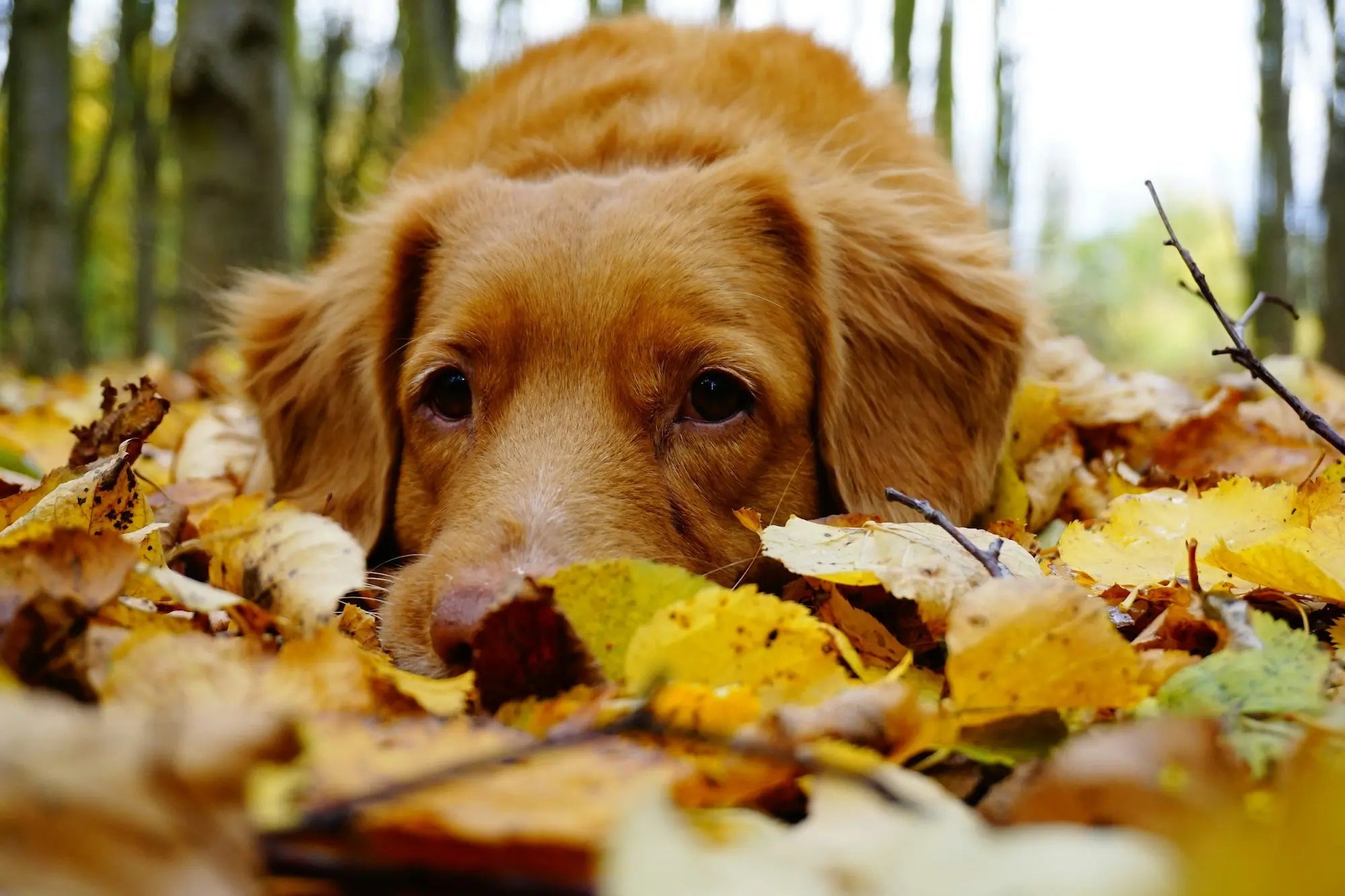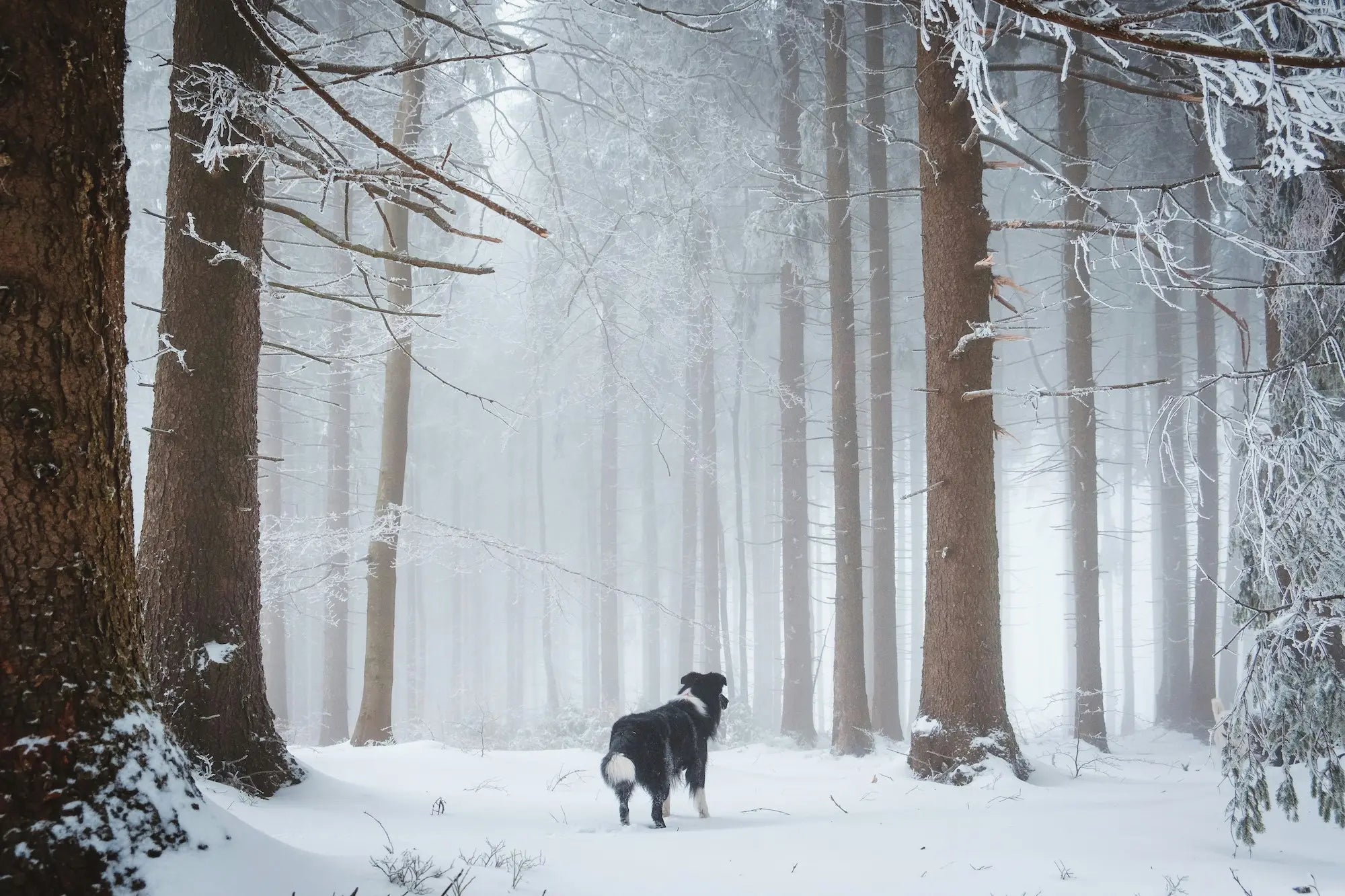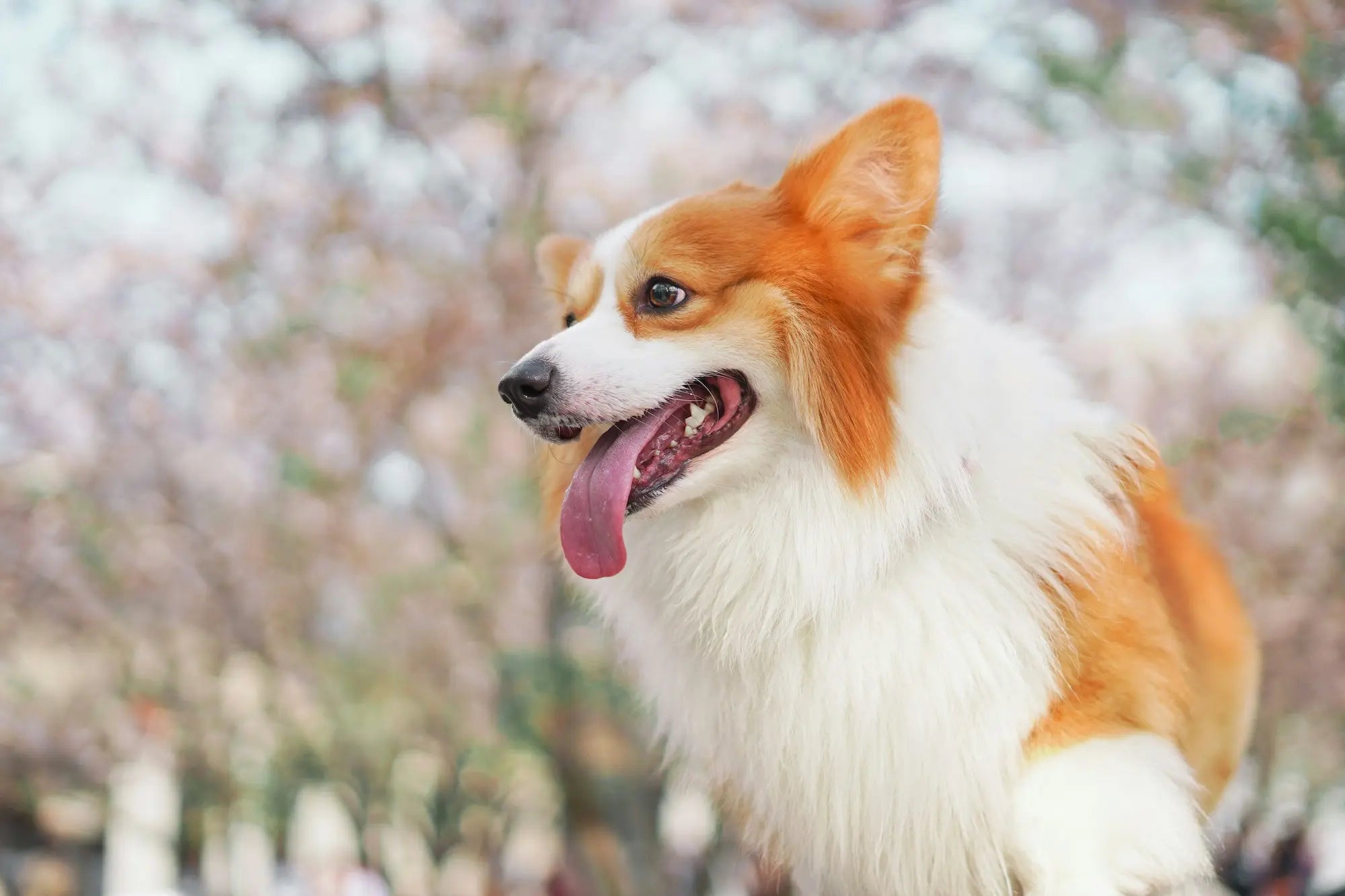The Alaskan Malamute is a strong and furry dog breed that loves outdoor adventures. Are you wondering if the Alaskan Malamute is the right companion for you? We explain what characterizes an Alaskan Malamute in terms of personality, activity level and health, as well as what you should think about in everyday life as an Alaskan Malamute owner.
race facts

Family friendly

Activity level

Fur care

Training needs

Clearing

Size
Facts about the breed
The beautiful name Alaskan Malamute comes from the Eskimo tribe "Mahlemiuts". The dogs of the Mahlemiut were excellent sled dogs, bred for their environment and lifestyle. Alaskan Malamutes are strong spitz dogs that often work as sled dogs or draft dogs in polar regions, as they can pull heavy loads in cold temperatures.
What can you expect as an Alaskan Malamute owner?
Personality
Personality
The Alaskan Malamute is an active, social breed that loves people. This wolf-like dog is playful, friendly, and loyal to people, but can be a bit dominant with other dogs. As a family dog, they are usually good with children, but if they get too excited, such a large and heavy dog can do a lot of damage even with the best intentions. Remember that small children should never be left alone with dogs. Are you looking for a best friend who can join you on camping trips, long walks in the woods, and all your other outdoor adventures? Then the Alaskan Malamute is a good match.
Activity level
Activity level
The Alaskan Malamute has a lot of energy and needs several hours of exercise every day. It is not very fast, but its incredibly muscular and strong body is made for heavy work. It thrives best outdoors, and copes well with the Scandinavian winter. The Alaskan Malamute is very active and needs a lot of outdoor space to thrive. You should be able to offer the dog a large dog run where it can spend its "free time" running, digging and howling, so it is definitely not a city dog.
Training
Training
The Alaskan Malamute is a highly intelligent dog that learns easily, but can also be stubborn. It is not always willing to carry out commands unless it finds it fun. When meeting other dogs, it can be dominant, so socialization is something to prioritize when raising an Alaskan Malamute. As with all other dog breeds, it is important to be consistent and use positive reinforcement.
Health
Health
Weight and size
A male Alaskan Malamute weighs an average of 38 kg and is between 64 and 71 cm tall.
The bitches weigh an average of 34 kg and are between 58 and 66 cm tall.
Lifespan
12- 15 years
Hereditary diseases
It is common for some dog breeds to be more susceptible to hereditary diseases than others. For the Alaskan Malamute, their health is relatively good, but they are prone to hip dysplasia , eye diseases such as cataracts and polyneuropathy . Some dogs in this breed have been diagnosed with Working Dog Retinopathy and PVTVL/PHPV .
Fur
Fur
Alaskan Malamutes shed a lot. Their thick, coarse fur sheds in large quantities twice a year, so they need a lot of grooming. They have a dense, oily undercoat that insulates well against both cold and rain. Because of this, this breed cannot tolerate excessive heat. They should not be trimmed, so in the summer it is important to find solutions for cooling. As a rule, they are black and white with light gray or black hair with shades that change from golden to red and reddish brown.
Food and nutrition
Food and nutrition
When choosing dog food for an Alaskan Malamute, you should choose a type of food that is tailored to the specific health of the dog. This large breed of dog should be fed a diet that is higher in protein and fat than carbohydrates to maintain muscle mass and energy.
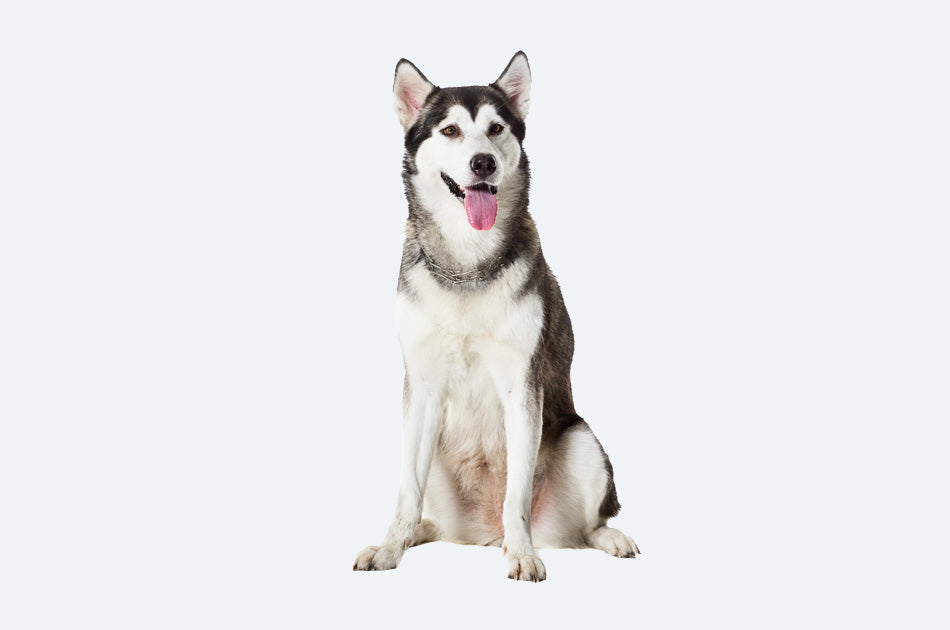
Alaskan Malamute
If you want to become the owner of an Alaskan Malamute, you should make sure to find a reputable breeder. How much an Alaskan Malamute costs will vary, but you can expect a price of around 15,000 NOK and up for an Alaskan Malamute.
It is important to choose a seller who provides you with information about how the dog was bred to ensure that you are not contributing to uncontrolled or illegal dog trade. Unfortunately, not everyone breeds properly and properly, which can lead to serious diseases in the puppies. Being well prepared and finding a reliable breeder is therefore in the best interest of both you and your dog.
